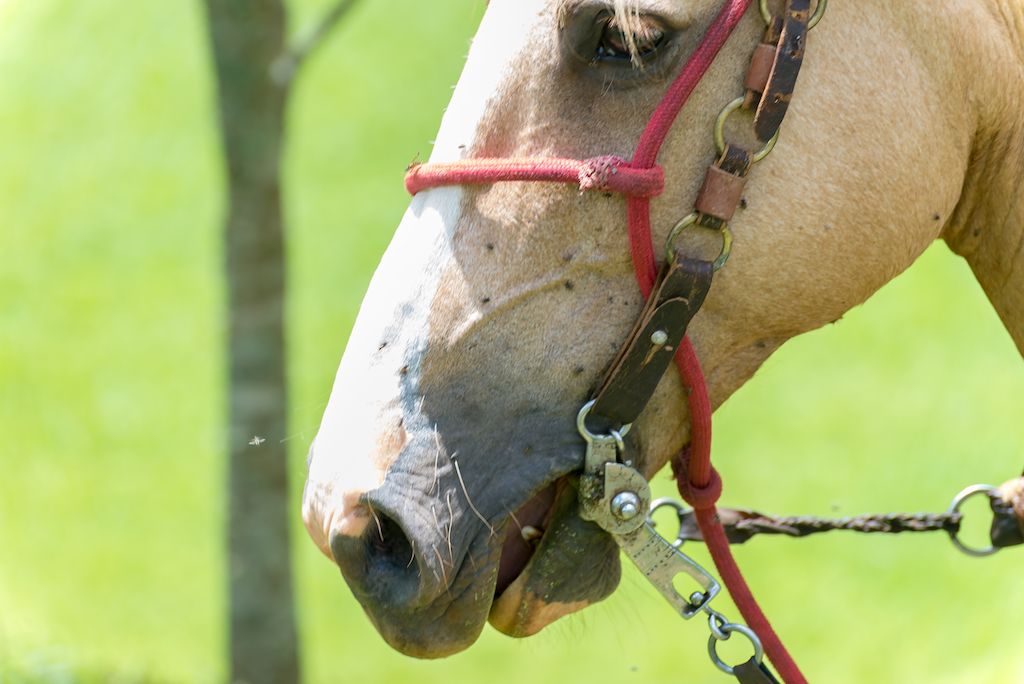Eastern Equine Encephalitis in Morristown Horse Raises Concerns
Public Health officials in St. Lawrence County have issued a crucial warning about the Eastern Equine Encephalitis (EEE, Tripe E) virus, which has been detected in a horse in the Morristown area. The EEE virus is primarily transmitted through mosquitoes and poses a threat to humans, horses, and various other mammals, birds, reptiles, and amphibians.
While EEE infections are rare, they can be severe, causing inflammation of the brain, also known as encephalitis. Each year, approximately 5-10 human EEE cases are reported in the United States. In New York State, there have been eight documented human disease cases between 2003 and 2022, mainly occurring in Oswego and Onondaga counties.

Symptoms of EEE infection can vary and may include fever, headache, vomiting, diarrhea, seizures, behavioral changes, drowsiness, or even coma. Individuals under 15 years old or over 50 years old are at a higher risk of developing severe forms of EEE.
Prevention is the key to combating EEE, as there are no specific medications to prevent or treat the virus in humans. The best approach is to safeguard oneself from mosquito bites. The highest risk of contracting EEE is during late July through September, coinciding with the peak mosquito activity.
For horse owners, vaccination against EEE is crucial. Consult your veterinarian to ensure your horses are adequately protected against this potentially deadly virus.
Public Health officials strongly recommend taking preventive measures to control mosquito breeding. Regularly clean gutters, drains, and other systems to avoid stagnant water, which serves as a favorable breeding ground for mosquitoes carrying the virus.
By being vigilant and proactive in protecting ourselves and our animals, we can mitigate the risks associated with the EEE virus. Raising awareness about EEE and following preventive guidelines can significantly reduce the occurrence of infections. Stay informed, take necessary precautions, and work together to safeguard our communities from this serious public health threat.




